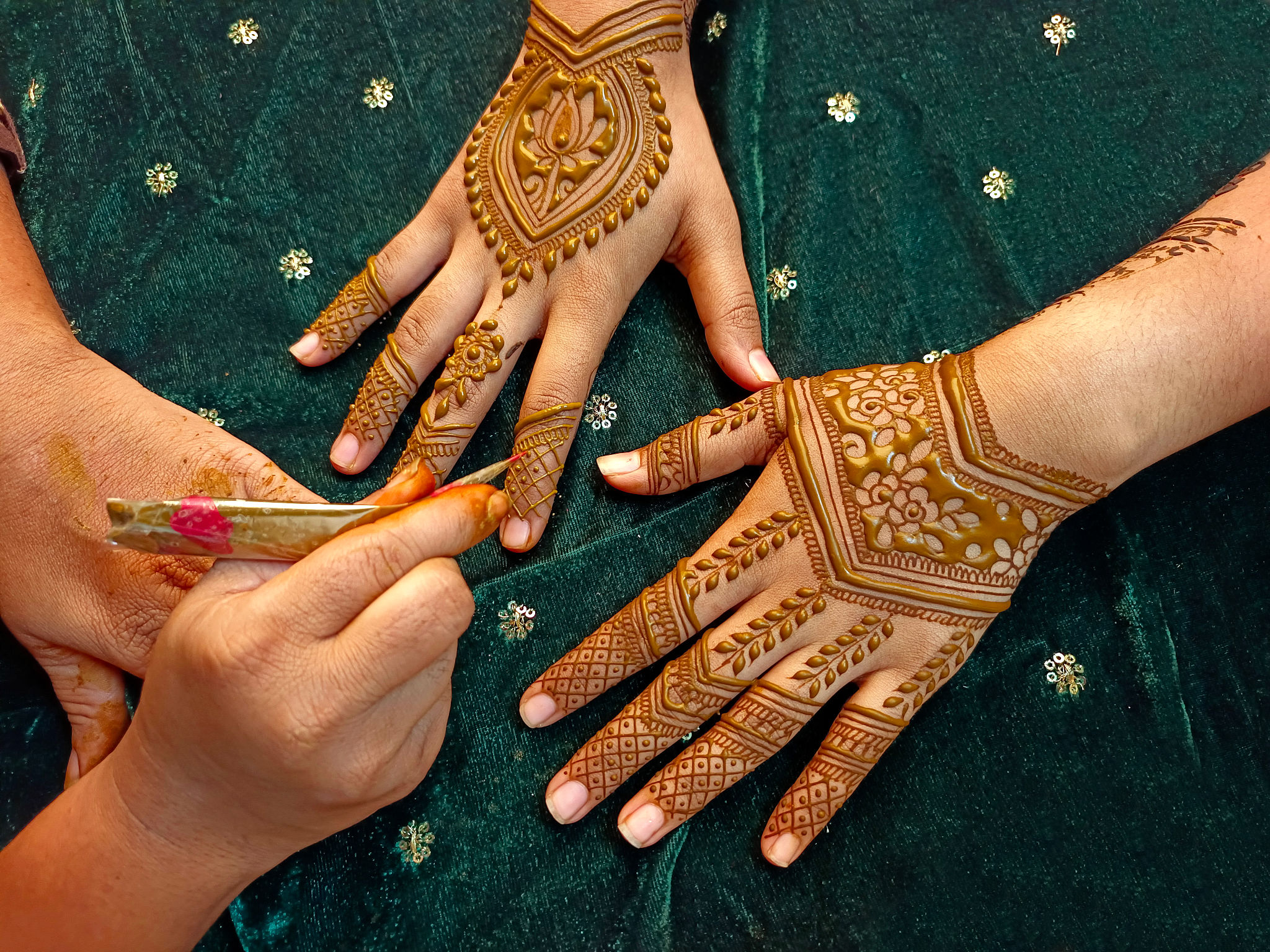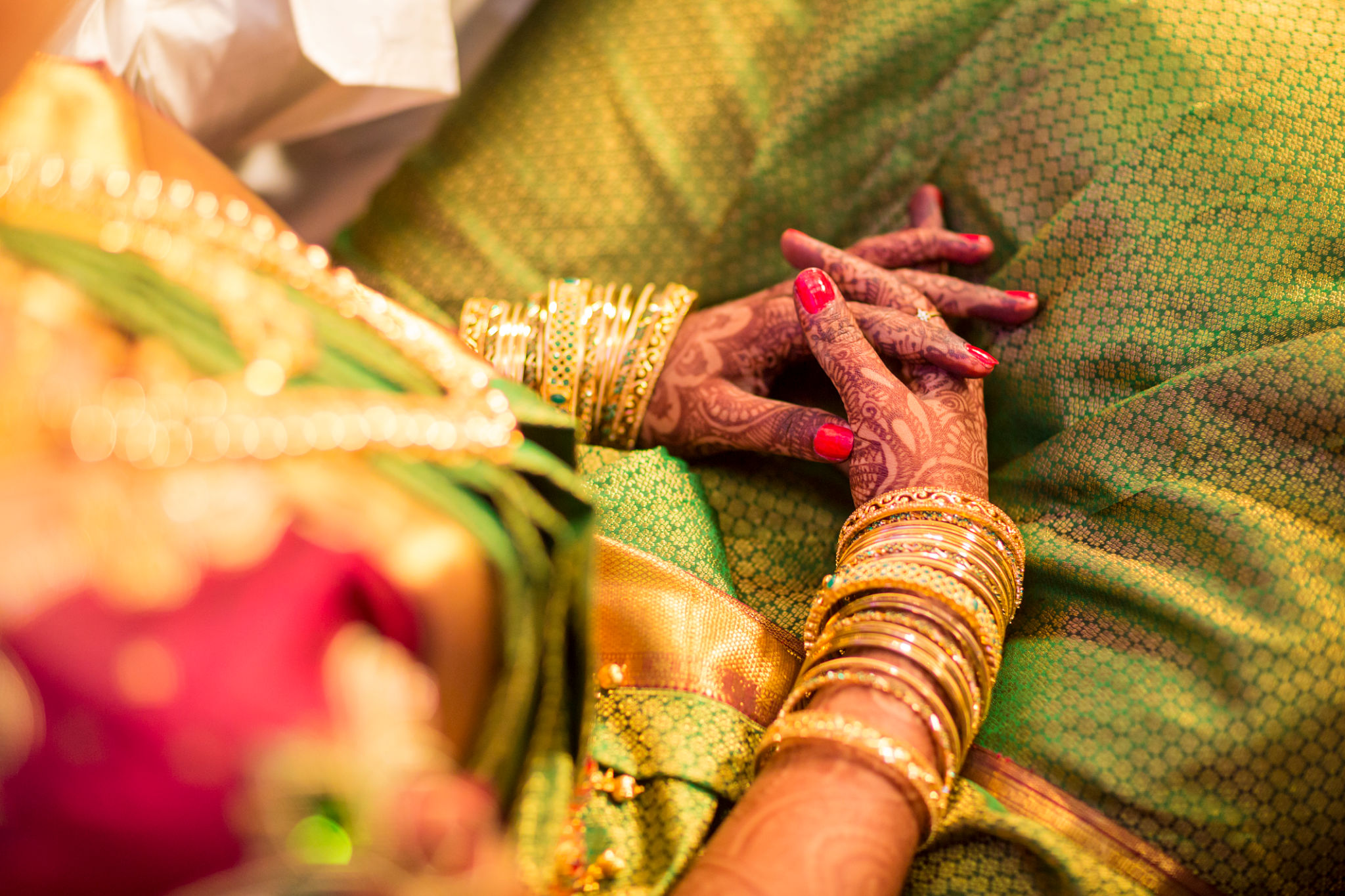Exploring the Cultural Roots of Henna: A Journey Through Time
Introduction to Henna
Henna, a natural dye derived from the Lawsonia inermis plant, has been an integral part of cultural traditions across various regions for centuries. Known for its vibrant reddish-brown hue, henna is used for body art, hair coloring, and even medicinal purposes. Its rich history and cultural significance make it an intriguing subject for exploration.
The practice of using henna, often referred to as mehndi in South Asian cultures, transcends mere aesthetics. It carries deep symbolic meanings and is cherished in celebrations and rituals. Let us embark on a journey through time to uncover the cultural roots of this fascinating plant.

Ancient Beginnings
The use of henna dates back over 5,000 years, with evidence found in ancient Egypt. Historical records suggest that henna was used to adorn the bodies of pharaohs and for mummification rituals. The ancient Egyptians believed that henna offered protection and was a symbol of prosperity.
In the Middle East, henna has long been associated with joyous occasions, particularly weddings. Brides are often adorned with intricate henna designs, symbolizing beauty, luck, and protection against evil spirits. This tradition has been passed down through generations, maintaining its significance in modern times.
Henna in South Asian Culture
In South Asia, henna plays a pivotal role in cultural ceremonies. From weddings to festivals like Diwali and Eid, henna application is a cherished ritual. It is believed to bring blessings and is often a communal activity where family and friends gather to celebrate.

The intricate designs found in South Asian henna are known for their complexity and elegance. These patterns often include floral motifs, paisleys, and religious symbols, each carrying specific meanings rooted in tradition.
Henna Across the Globe
While henna is deeply rooted in Middle Eastern and South Asian cultures, its influence has spread globally. In North Africa, particularly Morocco, henna is used for both beauty and spiritual purposes. The Berber women have unique patterns that hold cultural significance and are distinct from other regions.
In recent years, henna has gained popularity in Western cultures as well. It is embraced as a form of temporary body art that allows for creative expression without permanent commitment. This global appreciation for henna reflects its universal appeal.

The Art and Science of Henna
The process of creating henna designs is both an art and a science. **Henna artists** must have a keen eye for detail and precision to craft symmetrical and intricate patterns. Additionally, understanding the chemistry behind the dye is crucial to achieving the desired depth of color.
The preparation of henna paste involves mixing the powdered leaves with liquid, often lemon juice or tea, and essential oils. The paste must be left to rest to allow the dye molecules to release before it is applied to the skin.
The Cultural Significance of Henna Today
Despite the passage of time, henna remains a symbol of cultural heritage and identity for many communities. It continues to evolve while retaining its traditional roots. Modern henna artists are pushing boundaries by experimenting with new designs and techniques, keeping the art form alive and vibrant.
Whether used in traditional ceremonies or as a contemporary fashion statement, henna's enduring popularity speaks to its timeless beauty and cultural richness. It serves as a powerful reminder of the interconnectedness of human expression across different cultures.